It was like watching an Audubon watercolour painting come to life.
I had been been infatuated with the Grey Crowned Crane since I first did a school project on African wildlife 40 years ago, and was struck by the signature golden headdress and good looks of this graceful bird. But up until now, I had only ever seen photographs or film footage of them. Now, standing only feet from our safari jeep in the Ngorongoro crater, were 4 of these birds in real life – and I was even more impressed with their size and vibrant plumage. But there were only one of many colourful birds of Tanzania that I was to encounter.
Grey Crowned Crane
At about a meter tall, the Grey Crowned Crane isn’t the largest bird in Tanzania, but it’s got to be one of the most beautiful. It’s delicate crown and neck feathers look like they have been placed there individually by the brush of a talented artist, and immediately the detailed realism of Audubon’s paintings came to mind.
Great Blue Heron, James Audubon (1820s)
But unlike an Audubon bird that is captured and frozen in time, the Crowned Crane is very much alive and living in the Ngorongoro Crater today. In fact, Ngorongoro is home to a veritable zootopia of wildlife, all contained in a natural ecosystem framed by the walls of the 20-km-wide Crater. And as much as I’d like to say that the Crowned Crane stole the show in Tanzania, a much smaller bird sporting a spectrum of colours couldn’t help but catch my eye, too.
Painted with a smaller brush is the Lilac-breasted Roller
The colourful Lilac-breasted Roller
On a much smaller scale, this little bird is a painter’s dream, and in fact, looks like it was lifted off an an artist’s palette itself. Typically perched on the tops of trees or bushes, the light catches its multi-coloured feathers and makes it a standout in a Tanzanian landscape that is largely monochromatic in dry season. For artists who like to experiment with all the colours of the rainbow, the Lilac-breasted Roller is their perfect subject and one of the prettiest of the birds of Tanzania.
A truly Superb Starling
Tanzania’s Superb Starling
There’s no arguing with the name of this striking bird, whose white-ringed eyes make it unmistakable, and whose incredibly iridescent colours are even more spectacular in flight, especially when the sun catches them. As common as Robins would be in North America, these beautiful starlings were everywhere and easy to spot against the dull-coloured grasses of the savannah.
The Vulturine Guinea Fowl: painted with a prettier brush
A pair of Vulturine Guinea Fowl in Mkomazi Park in Tanzania
Unlike some of their uglier predator cousins, these ground birds of Tanzania are beautiful, thanks to their variegated and spotted plumage and their vibrant cobalt blue, white and black hackles on their capes. Preferring to run rather than fly if in danger, spotting a pair of these in Mkomazi Park in Tanzania was harder than we thought it would be, since wildlife in this former hunting reserve is very skittish and keeps a safe distance from any jeeps. But even catching this glimpse of these striking birds was worth it.
If pink is your colour, you’ll love Tanzania
Pink flamingo, Tanzania
More plentiful than lawn ornaments in Florida, pink flamingoes are nothing short of spectacular in Tanzania, especially if you happen to be in the right place at the right time, like we were at Lake Manyara. Here, after the first night of the spring rains, tens of thousands of them gathered to feed, creating a pink line that stretched across the entire horizon. But this was nothing, compared to the 2.5 million birds that congregate at Lake Natron, their breeding area. Even for the girlies of girls, thats a lot of pink!
Finally, if size matters…
The enormous Yellow-billed Stork, ‘blushing’ pink in breeding status
Tanzania has some of the biggest birds I’ve ever seen, including the Marabou Stork, which can grow to be 5 feet tall with a wingspan of 12 feet. Unfortunately, the Marabou doesn’t get the prize for being the most beautiful. Much more photogenic is the Yellow-billed Stork instead, with its signature bright yellow bill, white and black feathers and deep pink legs. Catch them when they are breeding, like this one in the photo, and their white feathers take on a pinkish tinge, adding another bit of colour to their already pretty colouring. (In fact, their Asian cousin is called the Painted Stork.)
Although we may have visited Tanzania in the dry season when most of the flora was a monochromatic gold, there was no shortage of colour when it came to the feathered fauna who live here. In fact, with their spectacular plumage, these beautiful birds of Tanzania (or ‘painted ladies’ as I like to think of them) would make a birder out of just about anyone.
TIP: A long lens is a must if you are travelling on safari, especially if you want to capture photos of the birds of Tanzania. Henk used a Canon 70-200mm image-stabilized lens with a 1.4 times teleconverter. (this is for all you photo techies out there!)

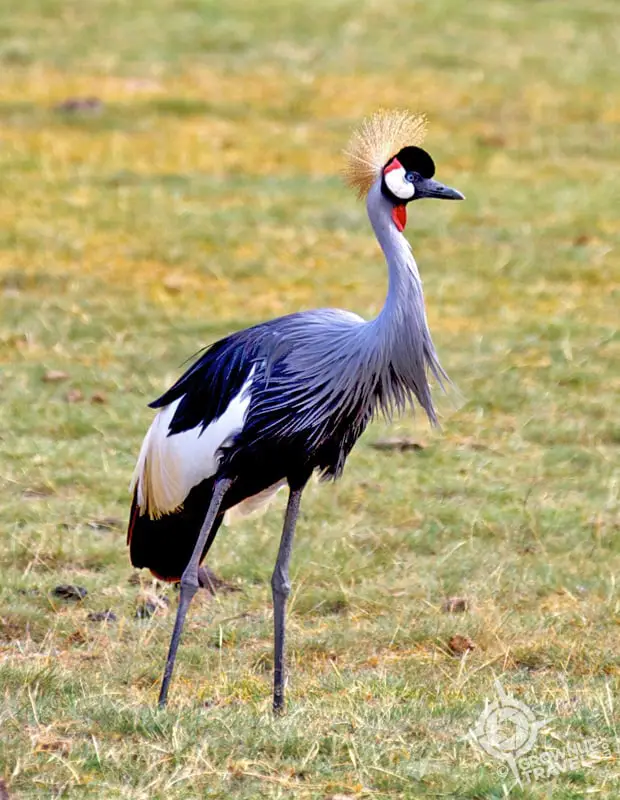
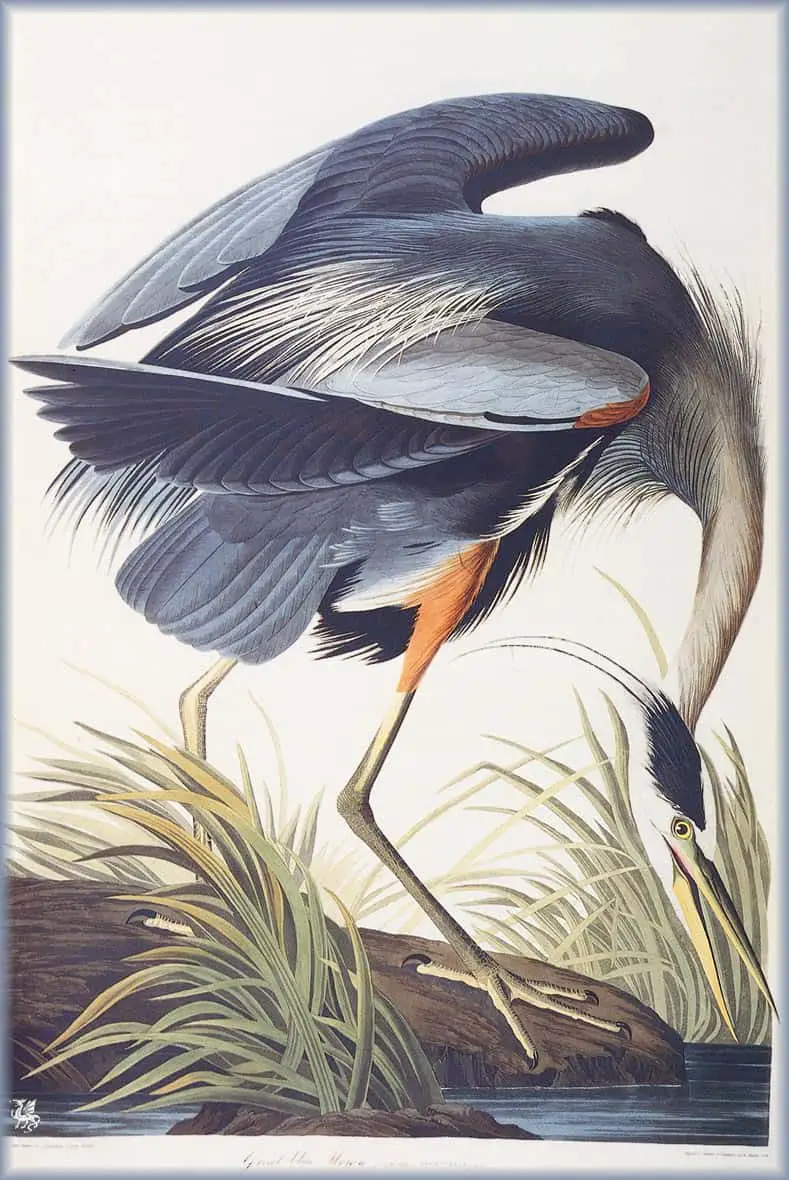


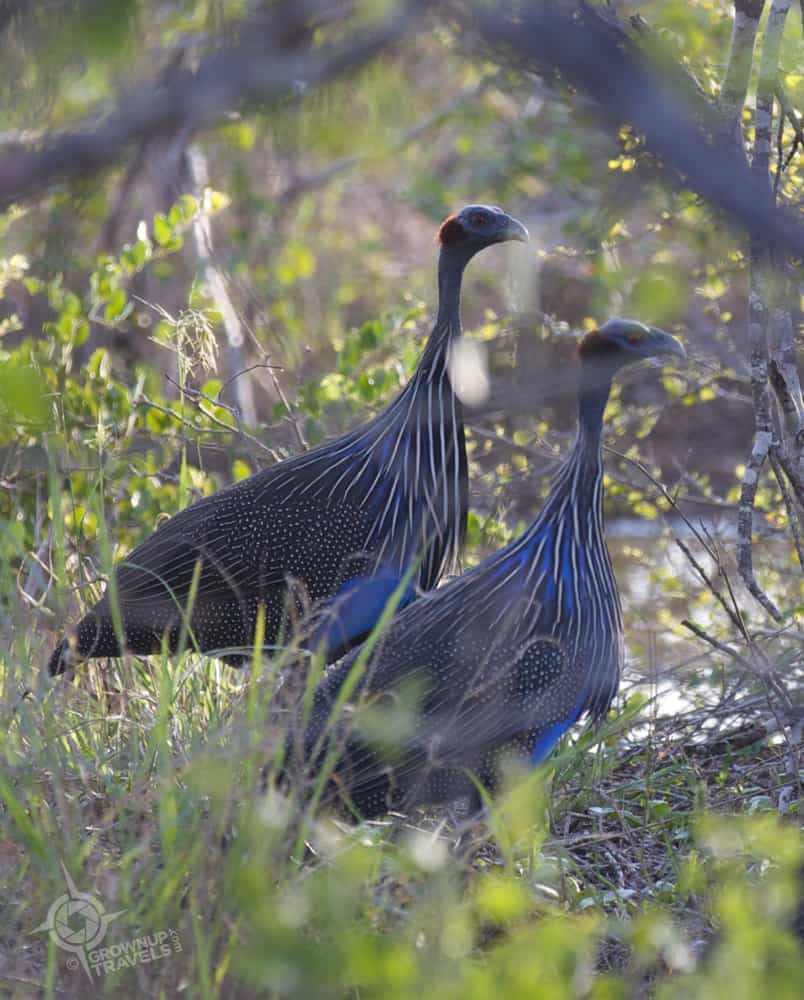
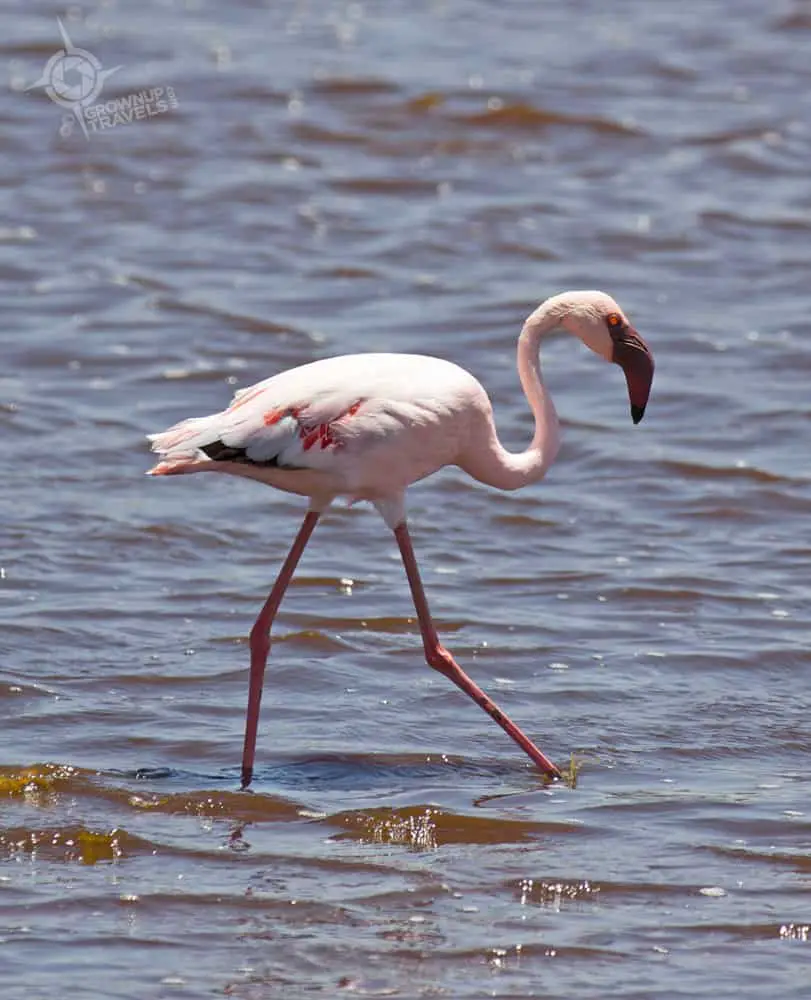
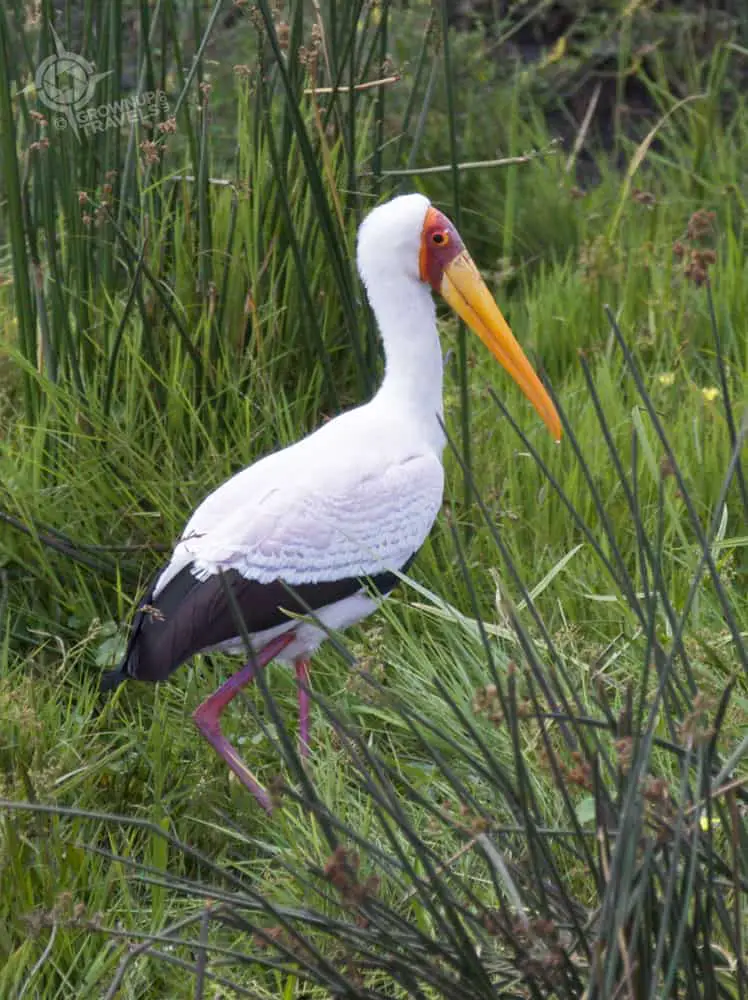
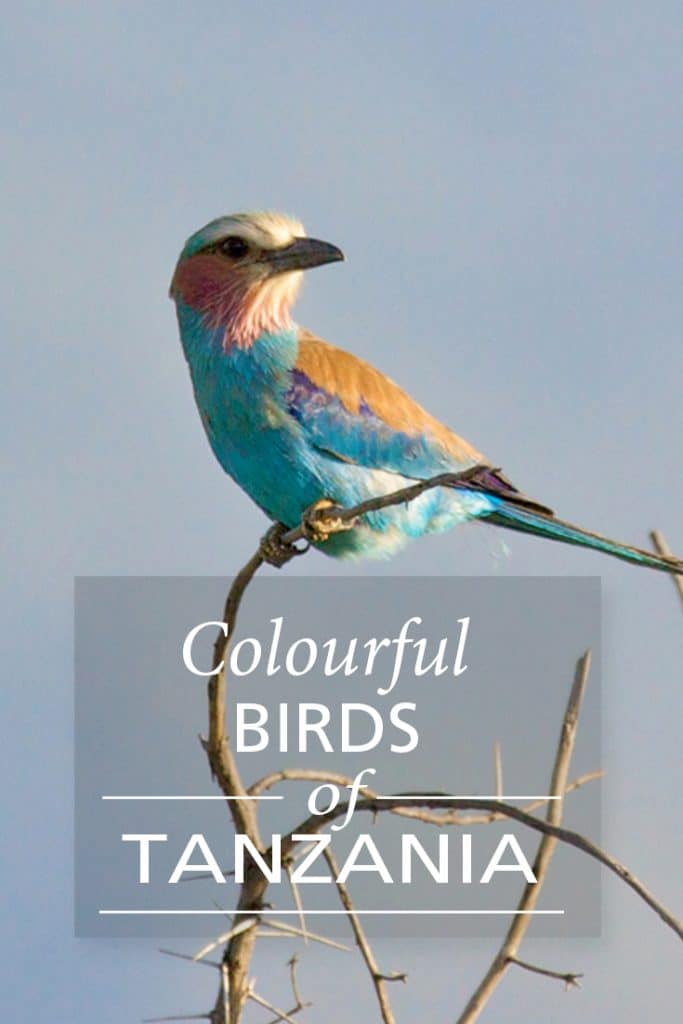


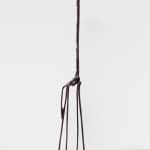
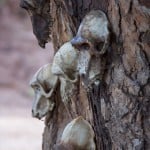







very nice post , really superb . Thanks for your sharing .
Thank you! I appreciate your taking the time to comment.
What great shots you’ve captured. The colors are magnificent! Can you explain what a teleconverter is? I just got a new Tamron lens that I love and 16-300mm but it doesn’t feel like I could get anything as close as your shots.
Hey Allison, sorry it’s taken me a little while to respond, but anything technical with cameras is really more Henk’s department! What he has explained is that a teleconverter is a lens that goes in between your regular lens and the camera body that amplifies the zoom of your lens. The image captured might be a wee bit darker, because it does slow the lens down one stop, but it essentially gives you more of a zoom. I hope that helps!
Wow! This was almost like an above-water snorkeling tour! The birds are amazing with their patterns and colors and all of your photos are spectacular. We’ve enjoyed bird-watching for years and are loving the big storks and their nests that are everywhere in the Algarve but your pictures take birding to a whole new level. Looks like a Tanzanian safari is going on my wish list!
I can honestly say I’ve never heard that description before, Anita! 🙂 But you’re right, the colours on these birds are amazing, and you don’t have to hold your breath to see them! And I’ve read about those storks in the Algarve…Henk and I are heading there in May, so we’ll keep an eye out for them and try to get some good shots.
What beautiful photos. One day I will do a safari—-the same places that you visited (so I’ll have to contact you for more information). I was really surprised there were flamingos in Africa, but then again, they are in the south of France too!
I’d highly recommend a safari, Janice. (And be sure to spend some time camping ‘East African style’ in tents!
Lovely photos 🙂 You’ve taken me straight back to our days’ living in Africa. Beautiful memories, thank you 🙂
So glad they took you back – they did the same for me and reminded me of an amazing safari – but there’s so much more of Africa to see yet!
So great to see all of these colorful birds again. We loved them in Tanzania. Great photos, thanks!
Like I said, I’ve never considered myself a ‘birder’ but these were so beautiful, how could I not love them!
beautiful.
Thank you, we were very proud of all of our safari photos!